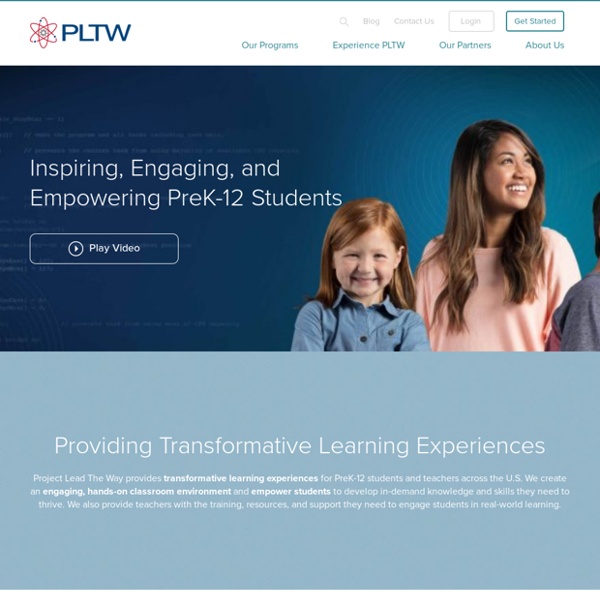



NSTA National Conference | BSCS The National Science Teacher Association’s (NSTA) mission is to promote excellence and innovation in science teaching and learning for all. Many BSCS science educators are members of NSTA and have presented at the NSTA National Conference for many years. On this page you’ll find session presentations given by BSCS science educators at NSTA conferences, all in downloadable PDF form. Click on session titles to download presentations. Please note: PDFs of BSCS session presentations and handouts will be posted within one week of sessions. Learn more about NSTA. 2015 NSTA National ConferenceHyatt Regency McCormick Place11-15 March 2015Chicago, Illinois Wednesday, 11 MarchPDI-3: Leadership for the Next Generation Science Standards’ Practices of ScienceAll-day Professional Development Institute, pre-registration required9:00am - 4:00pmMcCormick Place, W176aPresenter: BSCS Senior Science Educator Jody Bintz and BSCS Science Exchange Director Paul Numedahl Friday, 19 March Got Inquiry?
Mobile Computing in App Inventor | Mobile CSP IPCC - Intergovernmental Panel on Climate Change BJC - Beauty and Joy of Computing Howtoons ITSI run Electrons are constantly on the move, so rather than pinpointing where an electron is, it's more useful to depict regions of electron density - regions where an electron or an electron is most likely to be found. WHAT TO DO: Model 1 An atoms's electrons repel each other, but they're fiercely attracted to particles that are positively charged. Use the buttons below the model to view attractive and repulsive forces that four regions of electron density experience. The second model contains an atom that has 2, 3 and 4 regions of electron density around it. WHAT TO DO: Model 2 Use the controls beneath the model of an atom with two electrons to explore how 2, 3, and 4 electron dense regions position themselves around an atom. Author: Researcher User Credits: Frieda Reichsman and the Molecular Workbench team Model type: Molecular Workbench
Probesight: Suggestions for Existing Sensors ProbeSight taking a closer look at computer-based probeware in education Suggestions for Existing Sensors Accelerometer observe the behavior of a liquid on a cart monitor physical activity during a day track the movement of a football through the air explore seismic activity study your movement on a swing investigate free fall on a roller coaster study Newton’s second law using a cart measure changes in acceleration while stopping and starting in a car observe changes in acceleration while jumping study the motion of toy cars on various race tracks [ back to top ] Carbon Dioxide Conductivity Dissolved Oxygen Flow Rate Sensor Force design your own weight scale study impulse and momentum during a collision add force vectors determine coefficients of friction study buoyancy measure applied forces on a breaking bridge study first class levers demonstrate Newton’s Second and Third Laws study the motion of a pendulum determine the mechanical advantage of a pulley Infrared Thermometer Light pH